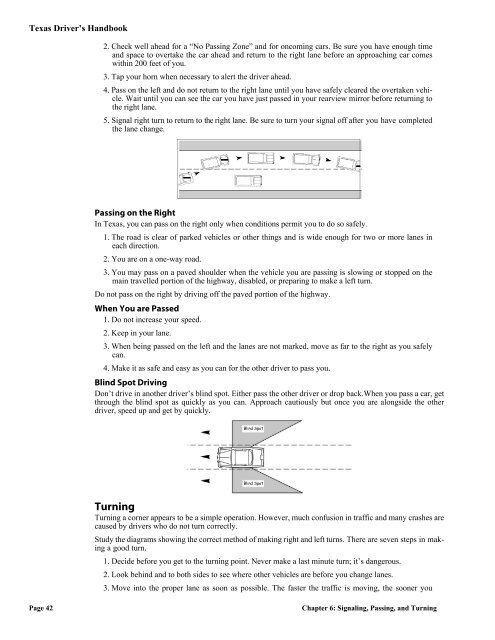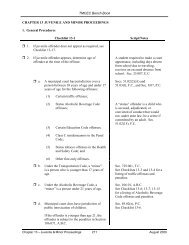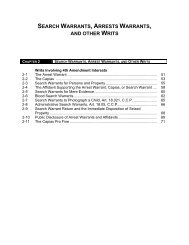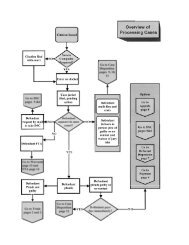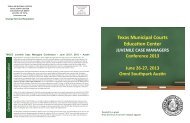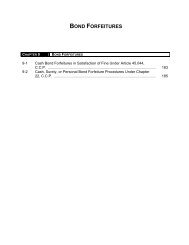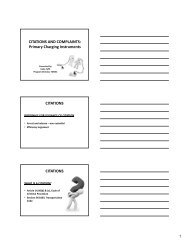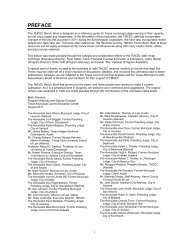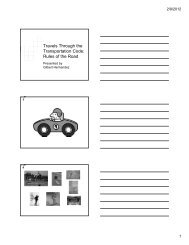Texas Driver's Handbook - National Driver Training Institute
Texas Driver's Handbook - National Driver Training Institute
Texas Driver's Handbook - National Driver Training Institute
You also want an ePaper? Increase the reach of your titles
YUMPU automatically turns print PDFs into web optimized ePapers that Google loves.
<strong>Texas</strong> <strong>Driver</strong>’s <strong>Handbook</strong><br />
2. Check well ahead for a “No Passing Zone” and for oncoming cars. Be sure you have enough time<br />
and space to overtake the car ahead and return to the right lane before an approaching car comes<br />
within 200 feet of you.<br />
3. Tap your horn when necessary to alert the driver ahead.<br />
4. Pass on the left and do not return to the right lane until you have safely cleared the overtaken vehicle.<br />
Wait until you can see the car you have just passed in your rearview mirror before returning to<br />
the right lane.<br />
5. Signal right turn to return to the right lane. Be sure to turn your signal off after you have completed<br />
the lane change.<br />
Passing on the Right<br />
In <strong>Texas</strong>, you can pass on the right only when conditions permit you to do so safely.<br />
1. The road is clear of parked vehicles or other things and is wide enough for two or more lanes in<br />
each direction.<br />
2. You are on a one-way road.<br />
3. You may pass on a paved shoulder when the vehicle you are passing is slowing or stopped on the<br />
main travelled portion of the highway, disabled, or preparing to make a left turn.<br />
Do not pass on the right by driving off the paved portion of the highway.<br />
When You are Passed<br />
1. Do not increase your speed.<br />
2. Keep in your lane.<br />
3. When being passed on the left and the lanes are not marked, move as far to the right as you safely<br />
can.<br />
4. Make it as safe and easy as you can for the other driver to pass you.<br />
Blind Spot Driving<br />
Don’t drive in another driver’s blind spot. Either pass the other driver or drop back.When you pass a car, get<br />
through the blind spot as quickly as you can. Approach cautiously but once you are alongside the other<br />
driver, speed up and get by quickly.<br />
Blind Spot<br />
Blind Spot<br />
Turning<br />
Turning a corner appears to be a simple operation. However, much confusion in traffic and many crashes are<br />
caused by drivers who do not turn correctly.<br />
Study the diagrams showing the correct method of making right and left turns. There are seven steps in making<br />
a good turn.<br />
1. Decide before you get to the turning point. Never make a last minute turn; it’s dangerous.<br />
2. Look behind and to both sides to see where other vehicles are before you change lanes.<br />
3. Move into the proper lane as soon as possible. The faster the traffic is moving, the sooner you<br />
Page 42<br />
Chapter 6: Signaling, Passing, and Turning


